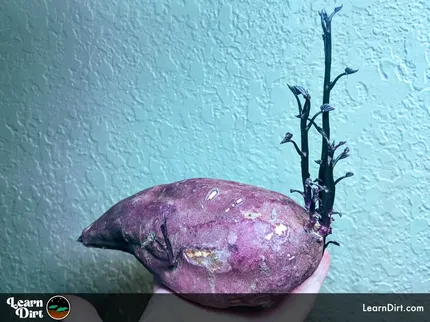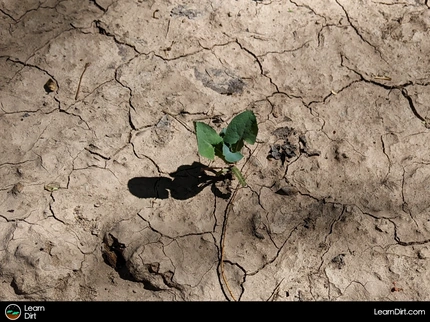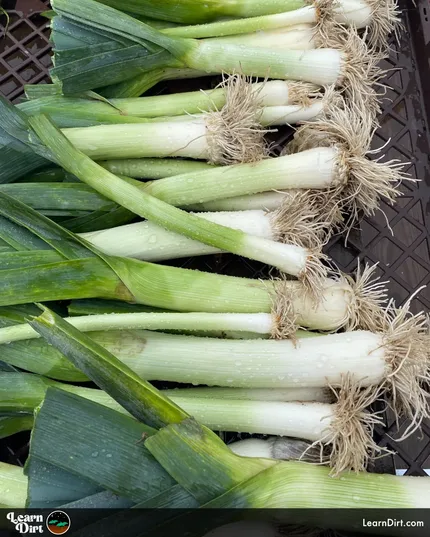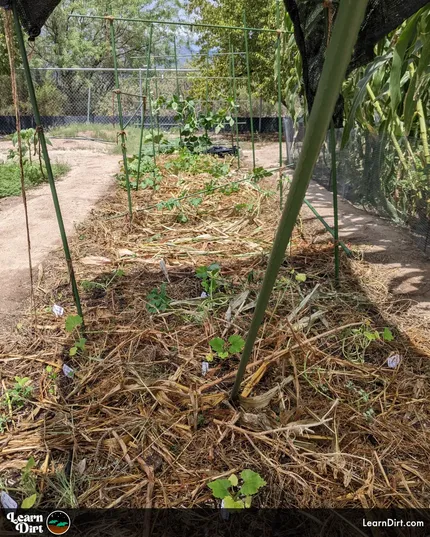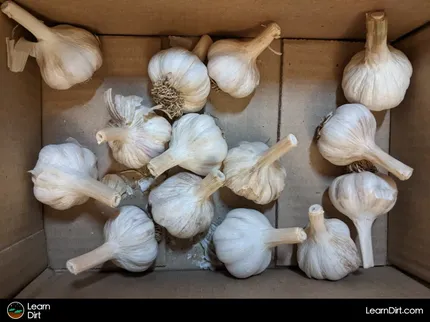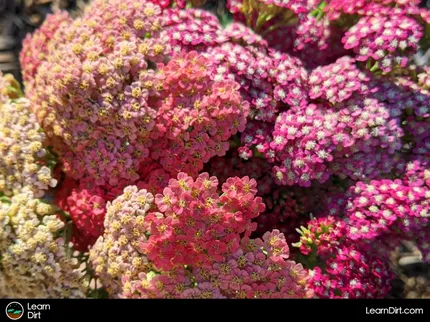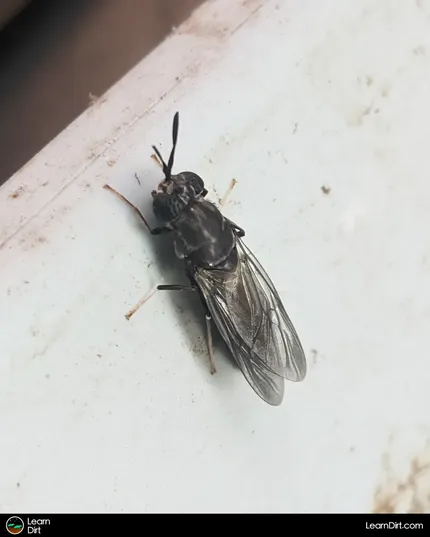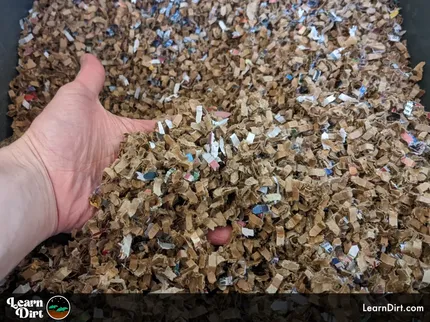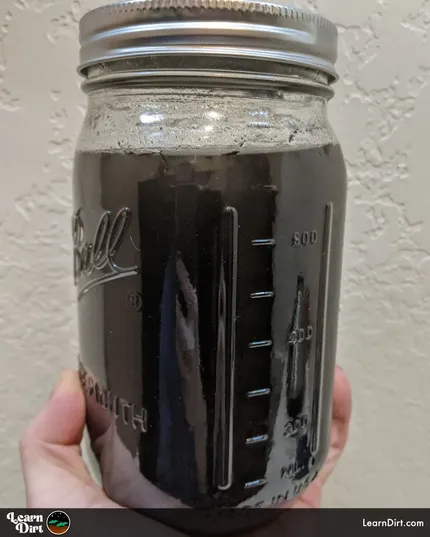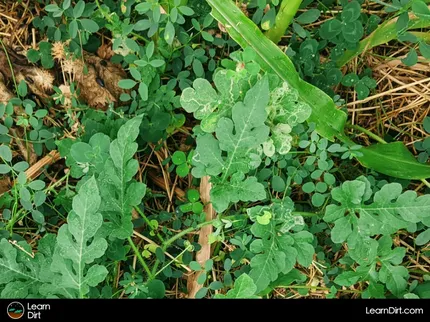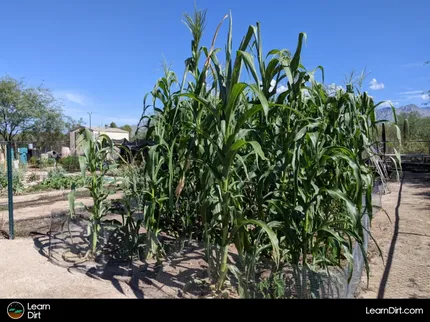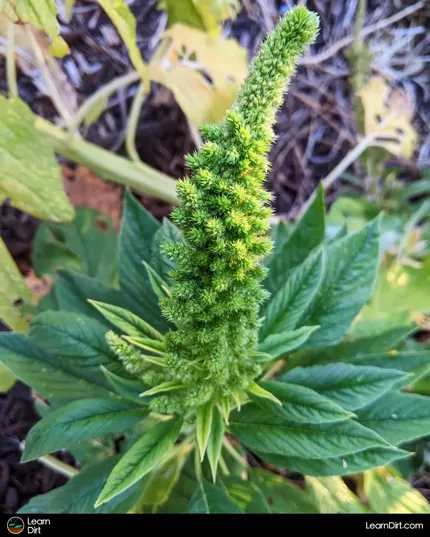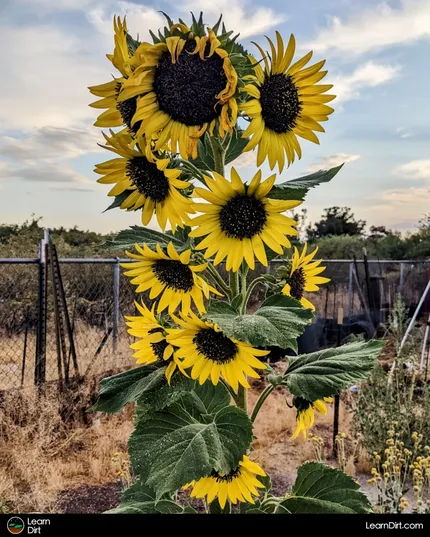Table of Contents
* Our articles never contain AI-generated slop *
If you've grown your own vegetables and ended up with more than you can eat at once, curing & storage become important to understand.
When you buy produce at the grocery store, none of it is cured.
The garlic, the onions, the potatoes, the winter squash, the sweet potatoes – none of it has been cured for storage
Disclaimer: This post may contain affiliate links. Refer to the privacy policy for more information.
Because the farmers don't want to spend extra weeks curing something when the consumer doesn't expect it to be storage-ready anyway. It would just lose the farmers money and waste their time.
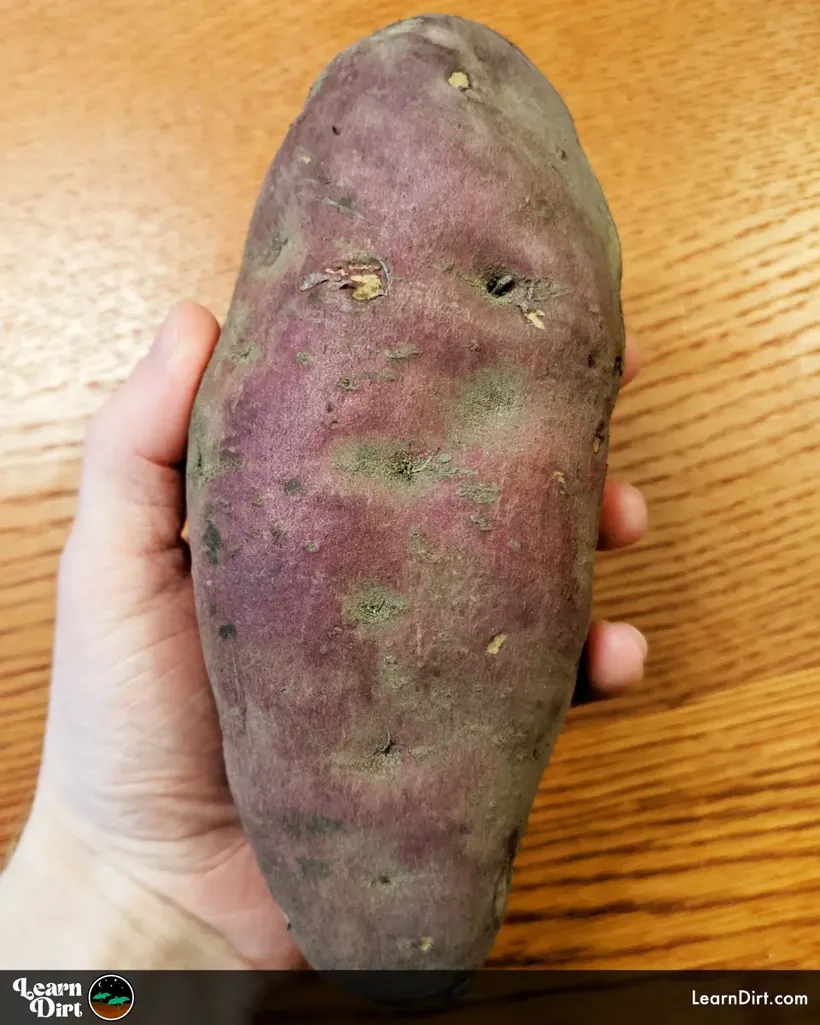
Grocery store shoppers don't expect any of their produce to be cured for storage, they expect to consume the majority of the fresh produce they buy within a week or so.
How Does Grocery Store Produce Compare to Cured Produce?
This is a big contrast between growing your own produce, because you have the option to cure all of your produce for storage.
Curing produce for storage can extend the storage potential, often by many months, for quite a few veggies you might already be growing in your garden.
All this was revelatory when I started getting into food storage and wanted to be able to preserve my bumper crops for longer so I could eat them throughout the year.
Eating with the seasons and eating locally are wonderful, but they push you into food preservation if you want to be able to eat certain things year-round that came from your garden.
Join The Grower's Community
Looking for a place to meet growers,
ask questions, share knowledge, be heard,
and feel like you belong? 🌱
Check It Out!
That's not a bug, it's a feature. It does, however, mean that you need to learn a little bit more about keeping produce fresh for longer than you might be used to.
Once you learn how to dry and cure a bunch of crops, you'll have access to pantry-ready produce with long self lives. That, in turn, lets you continue to eat your harvest all year-round.
What Crops Can You Cure for Storage?
Curing Butternut Squash for Storage
When I grow butternut squash, I leave my butternut on the vine for about six weeks after they've ripened.
During those six weeks, the vine dries back and gradually pulls moisture out of the butternut squash via osmosis. This helps suck the moisture from the wet gooey core of the butternut.
Butternut squash flesh is usually pretty dry.
the skin is nice and thick, and not very permeable at a – so once you get the moisture out, the skin will provide a good barrier and prevent moisture from getting back into the squash.
You need to get the moisture out to begin with, however. This is where the butternut squash curing process comes in. See my guide on how to cure butternut squash.
Where are the seeds and get star. If you want butternut to be able to last for months you need to get the moisture out of the center of the squash. If you can do that, it will keep just fine on your counter, in your root cellar, or pantry.
Curing Garlic to Store Long-Term
The same rings true with garlic – grocery store garlic often only lasts weeks on my counter before getting moldy.
That's because the grocery store garlic hasn't been cured, and contains a high moisture content (and because my kitchen is 80F).
That's fine if you're going to use it right away, but I like having tons of garlic that can keep on hand for months and months.
This is why I cure my homegrown garlic by hanging it upside down for a couple weeks out in the dry heat (away from the sun).
Curing my garlic allows me to store it at room temperature for numerous months, and I encourage you to give it a try if you're growing your own garlic.
Check out our guide to Curing Your Own Garlic.
That's all for now, thanks for reading!
If you have any questions, comments, or would like to connect with fellow gardeners, head on over to the forum and post there.


